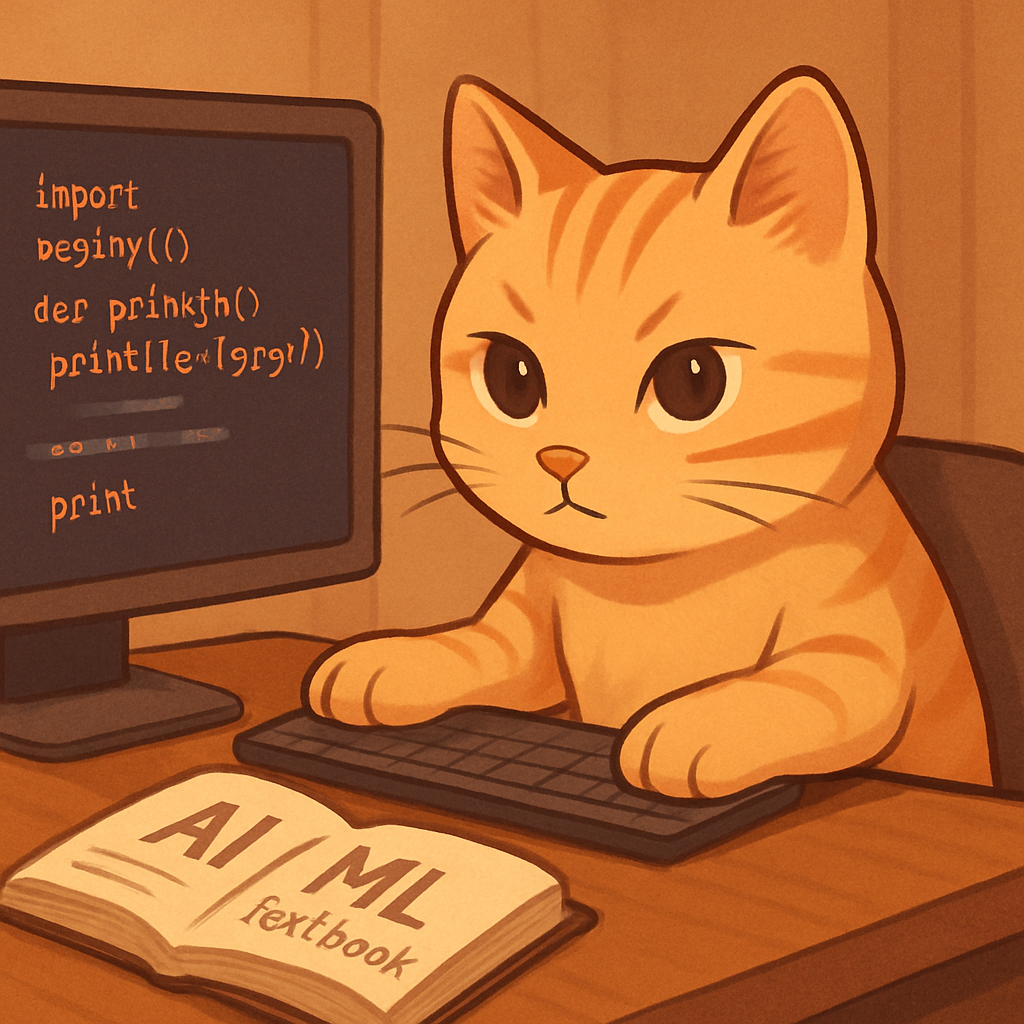Hyperparameter Tuning with Optuna: What I Learned
Introduction
Today I focused on improving my ML models through automated hyperparameter tuning using Optuna.
I tested three models — XGBoost, LightGBM, and CatBoost — and found that proper tuning often matters more than which model I use.
What I Did
- Defined search spaces for key hyperparameters like
n_estimators,max_depth,learning_rate, andsubsample. - Faced a
ValueError: nan is not acceptable, which led me to carefully check parameter ranges and input formats. - Completed trials and selected the best-performing settings for each model using cross-validation.
What I Learned
- LightGBM doesn’t always perform better out of the box — tuning makes a bigger difference than I expected.
- It’s not just about RMSE. I started comparing models using SMAPE and RMSLE to capture performance more robustly.
- Pseudo-stacking, a form of ensemble that blends out-of-fold predictions, gave the best results in my experiments.
Next Steps
- Consider including other meta-models in stacking.
- Try visualizing the performance landscape from Optuna trials.
- Write a utility for saving and reusing the best trial parameters.
